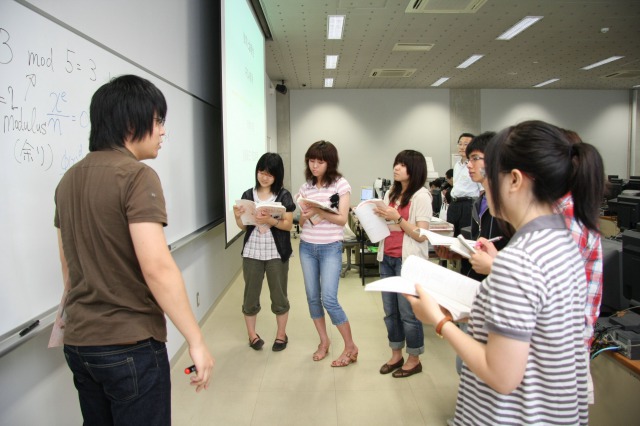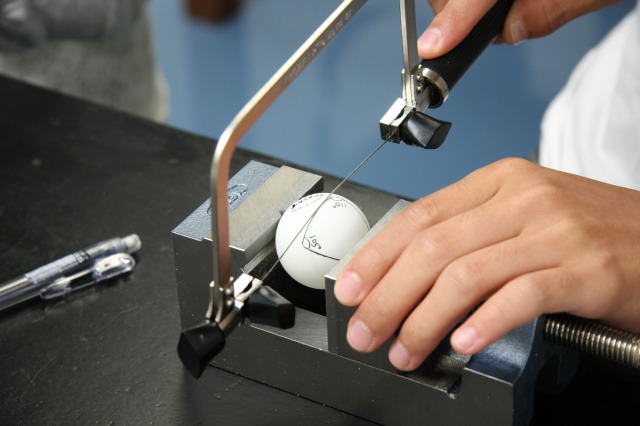(10) Mathematics and its internal logic (1 session: choose one of the following experimental projects)

(10A) RSA Encryption
The modern encryption technique known as public-key encryption is frequently employed for Internet security technologies, and the first algorithm to implement this technique was RSA encryption. The theoretical basis of this method rests on the extremely elementary theory of remainders after division. In this project, you will learn how RSA theory constructs encrypted messages—and how those messages can be decoded. To be precise, this project is more a sequence of tasks than an experiment.
(10B) Continued fractions and fundamental units
The diophantine equation known as Pell’s equation belongs to the field of mathematics known as number theory. It is known that all solutions of this equation may be obtained in the form of continued fractions; in this process, particular numbers known as fundamental units arise. It is generally believed that there are infinitely many fundamental units exceeding any given magnitude, but proving this conjecture remains an unsolved problem. In this project, you will explore this question using computers—offering you glimpse of how actual mathematicians conduct “experiments” to help them prove theorems.
Although real numbers are things that we all use all the time, it turns out to be surprisingly difficult to define them rigorously. If real numbers are defined as infinite decimals, the problem arises of how to define the four arithmetic operations of addition, subtraction, multiplication, and division. For example, if x and y are real numbers, and if we denote by x(n) and y(n) the numbers obtained by truncating x and y at the nth decimal digit, we might wonder if it is possible to define arithmetic operations on x and y in terms of x(n) and y(n) as infinite decimals. The answer turns out to be no, and convincing yourself of this fact through “experiments” is the objective of this project.
(11) Geometry of spherical triangles

Spherical geometry differs significantly from planar geometry. For example, the sum of the interior angles of a triangle on the surface of a sphere is always greater than 180 degrees. This much is perhaps common knowledge; but did you know that the difference between the sum of the interior angles and 180 degrees is equal to the area of the triangle. This is known as the Gauss–Bonnet theorem. You will prove this theorem by actually drawing a triangle on a spherical surface and measuring its angles and its area. After this, you will appreciate—among other things—why it is impossible to create accurate maps!